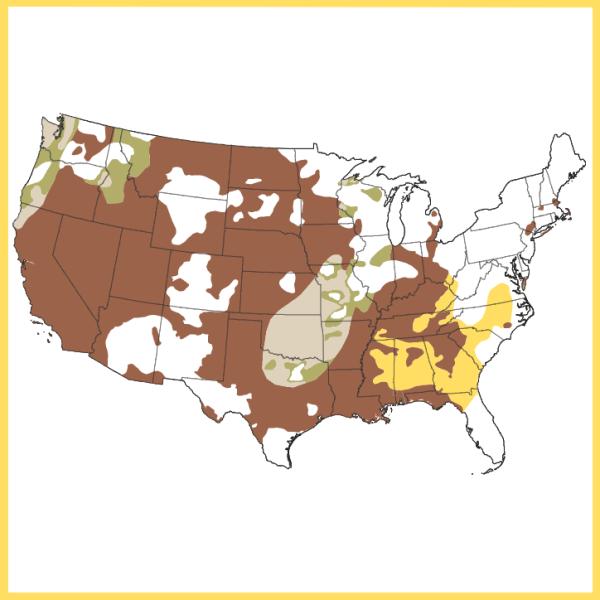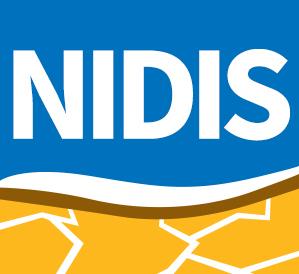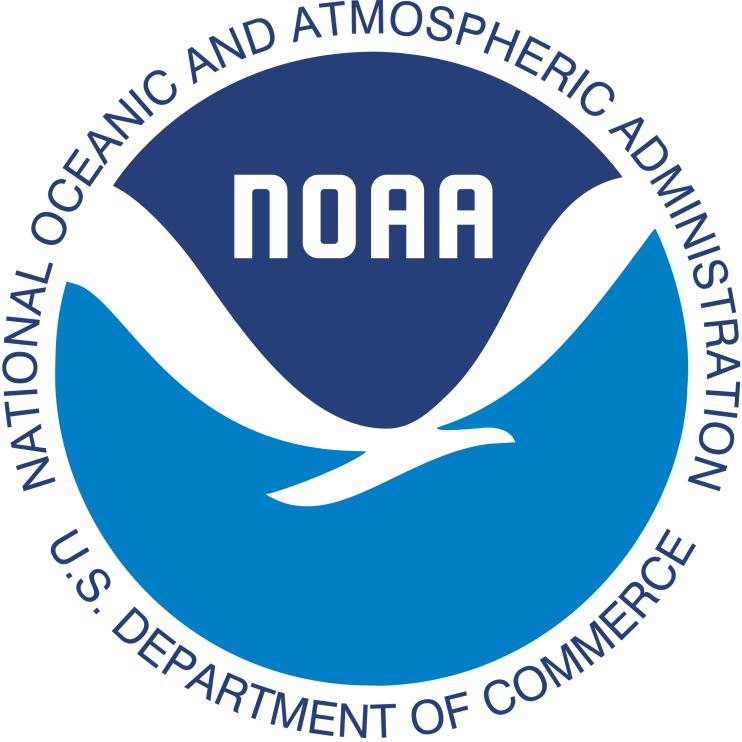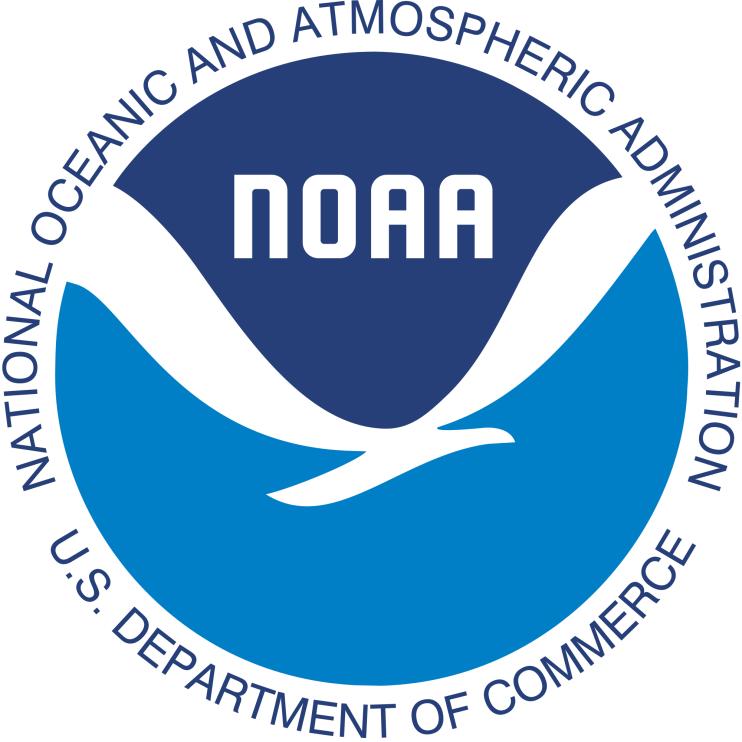Advancing Drought Early Warning through Interdisciplinary Research
Drought Early Warning Research
Research to better understand how droughts evolve and how their impacts are mitigated is critical to providing timely and reliable information, products, and services in support of drought early warning. In particular, research to improve drought monitoring and prediction capabilities on a variety of timescales and spatial scales are needed for water and emergency management decisions, as well as for water-dependent sectors of the economy to more efficiently manage their resources.
Advancing knowledge of the weather and climatic mechanisms that lead to drought onset, persistence, and recovery.
Strengthening drought prediction skill by identifying sources of drought predictability across timescales and regions to improve forecasts.
Incorporating the latest scientific advances into metrics for various societal sectors, and advanced information delivery platforms.
Improving coordination and delivery of information through in-person drought outlook forums and weekly webinars using networks of experts at the state and local level.

Featured Research Initiative
Improving NOAA Climate Prediction Center Drought Outlook Products and Services
The NOAA National Weather Service’s Climate Prediction Center (CPC) is the operational center that produces and delivers operational U.S. drought outlooks and services for the public. As user needs evolve and science and technology advance, it is necessary for CPC to perform research and development to improve its drought prediction capability and products.
This five-year collaboration between NIDIS and CPC aims to improve CPC drought outlook products and services. This includes improving existing deterministic drought outlooks, developing new probabilistic drought outlooks, and using social science findings to improve expert and public understanding of these products.
These outlook products will provide national and regional users with new and improved official NOAA forecasts of future drought conditions of up to 6 months and facilitate their decision making to prepare for and reduce drought-related impacts.

NIDIS-Supported Competitive Research Programs
Since 2012, NIDIS has funded more than 80 grants through the competitive Coping with Drought Initiative and Modeling, Analysis, Predictions, and Projections (MAPP) program, in addition to supporting a variety of other research projects advancing drought early warning across sectors. Below are examples of NIDIS-supported competitive research initiatives and programs.

Coping with Drought Research Competition
NIDIS regularly hosts the Coping with Drought research competition, which supports research to assess the impacts of drought on agriculture, ecosystems, and water resources and develop decision support tools for regional, state, and local use.

Modeling, Analysis, Predictions, and Projections (MAPP)
NIDIS supports drought-focused competitive funding opportunities through the NOAA Climate Program Office's Modeling, Analysis, Predictions, and Projections (MAPP) program, with a focus on understanding the predictability of droughts and the ability of models to capture those sources of predictability, advancing relevant modeling systems, improving prediction and monitoring capabilities, and transitioning research into operational or applied use. MAPP funds collaborative research projects that engage academia, interagency partners, and the private sector with NOAA, its operational centers, and research laboratories.

MAPP Drought Task Force
The goal of the interagency Drought Task Force is to achieve significant advances in understanding and in the ability to monitor and predict drought over North America. To help organize and maximize the output from MAPP drought research projects, the MAPP program, in partnership with NIDIS, organizes a Drought Task Force to coordinate the activities of researchers supported through each grant competition, and create an active community of practice around drought research and development in the United States. Learn more about previous Drought Task Forces: Drought Task Force I, Drought Task Force II, and Drought Task Force III.

